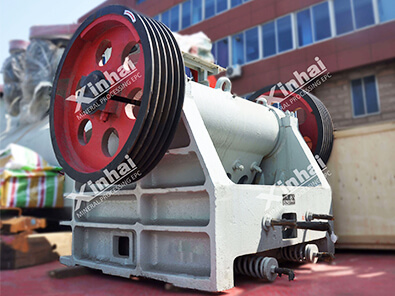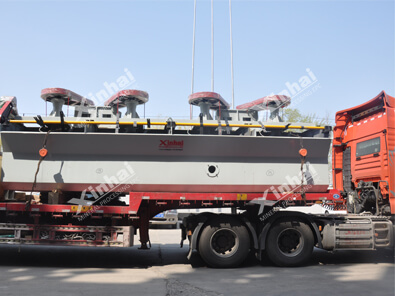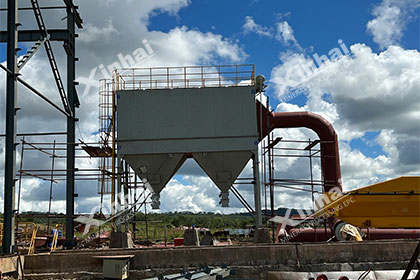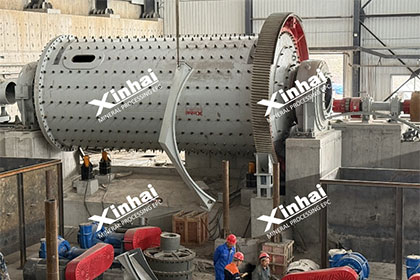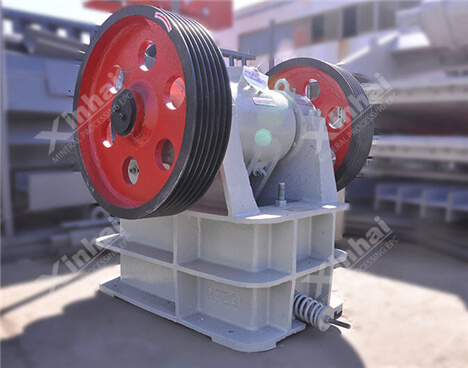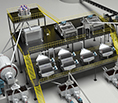Processing Steps of Lead-Zinc Ore
 zeki
zeki
 Sep 30, 2025
Sep 30, 2025
 438
438
If you want to know more details about equipment, solutions, etc, please click the button below for free consultation, or leave your requirements!

Processing-Steps-of-Lead-Zinc-Ore
The processing of lead-zinc ore is a systematic and technology-intensive industrial process. Its core objective is to efficiently concentrate and separate the raw ore extracted from the mine through a series of continuous physical and chemical operations, ultimately obtaining lead and zinc concentrates that meet metallurgical requirements. This overview will systematically elaborate on the entire process from mining to product handling, with a focus on key management measures that ensure coordinated development between production and the environment.
01Mining
BackMining is the first step in extracting raw lead-zinc ore from underground deposits:
Underground Mining: Used when the ore body is deeply buried or the surface environment is sensitive. Access to the ore body is achieved by excavating shafts, inclined shafts, adits, etc., and mining methods such as room-and-pillar or cut-and-fill are employed.
Open-Pit Mining: Used when the ore body is shallowly buried with a thin overburden. The topsoil and rock layers are first removed, and mining is conducted directly in an open pit.
02Crushing and Screening
BackThis step aims to reduce large raw ore into particles suitable for grinding and to classify them through screening. It is a multi-stage physical process:
Primary Crushing: Jaw crushers or gyratory crushers are used to break down large ore blocks (which can be over 1 meter in size) from the mine to about 250 mm.
Secondary and Tertiary Crushing: Cone crushers or impact crushers further reduce the primarily crushed material to smaller sizes (e.g., below 25–50 mm).
Screening: The crushed material is screened using vibrating screens to separate particles of different sizes.
Closed-Circuit Operation: The oversize material (particles that do not meet the size requirements) is returned to the crusher for further crushing, forming a "crushing-screening-return" closed-circuit cycle to ensure uniform final product size that meets the requirements of the next stage.
03Grinding
BackGrinding is a continuation of the crushing process, aiming to achieve sufficient "liberation" of valuable minerals from gangue, creating the necessary conditions for mineral separation.
Process: The finely crushed and screened ore is mixed with water to form a slurry, which is fed into grinding mills.
Product: The final product of grinding is a slurry, typically ground to below 0.074 mm (200 mesh), ensuring that most lead and zinc mineral particles are liberated from the associated gangue minerals.
04Mineral Processing
BackMineral processing is the core of the entire processing flow, where physical and chemical methods are used to separate the liberated valuable minerals from the gangue and concentrate them into concentrates. The most commonly used method is flotation.
Steps:
(1) Lead Flotation: Lime (to adjust pH), zinc depressants (such as cyanide or zinc sulfate), and lead collectors are added to the slurry. Under aeration and agitation, lead minerals selectively attach to air bubbles and float to the surface, where they are skimmed off as lead concentrate, while zinc minerals and gangue are depressed in the slurry.
(2) Zinc Flotation: An activator (such as copper sulfate) is added to the tailings from lead flotation to destroy the inhibitory layer on the surface of zinc minerals. A zinc collector is then added. After aeration and agitation, zinc minerals float and are skimmed off as zinc concentrate.
(3) Products and Tailings: High-grade lead concentrate and zinc concentrate are obtained. The remaining useless slurry is transported to a tailings storage facility for disposal.
05Transportation and Storage
BackThe produced lead and zinc concentrates are dewatered through thickening and filtration, forming moist powder or lump products. They are properly packaged or shipped in bulk to specialized smelting plants for extraction of metallic lead and zinc. Tailings are transported to a meticulously designed tailings storage facility for safe containment.
06Environmental Management in Lead-Zinc Ore Processing
BackEnvironmental management is crucial throughout the entire processing process and primarily includes:
Dust Control: Dust collection equipment is installed at crushing, screening, and transfer points.
Wastewater Treatment: Process wastewater often contains heavy metals and flotation reagents. It must be treated for recycling or discharged up to standard, with "zero discharge" being the industry's best practice.
Tailings Management: Impermeable and stable tailings storage facilities are constructed to prevent leakage and dam failure, and ecological restoration is carried out.
Noise Control: Noise reduction measures such as sound insulation and mufflers are applied to high-noise equipment.
07Conclusion
BackLead-zinc ore processing is an interlinked industrial process that achieves mineral liberation through crushing and grinding and relies on efficient flotation technology to separate lead and zinc. While pursuing economic benefits, the entire process must place environmental management at its core. Through advanced technology and strict management, the impact on the ecological environment is minimized, enabling the sustainable utilization of mineral resources.
 +86 183 3575 8886
+86 183 3575 8886 pinklaurabao@gmail.com
pinklaurabao@gmail.com



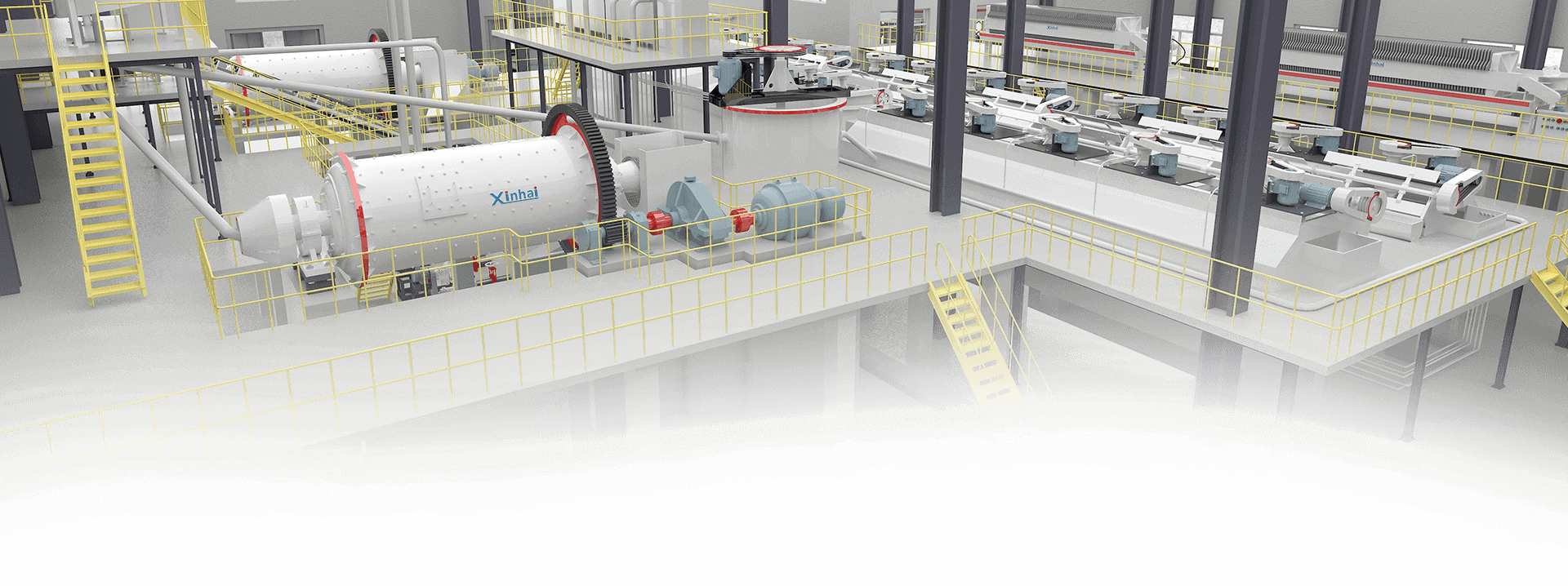
 Message
Message Chat Now
Chat Now


